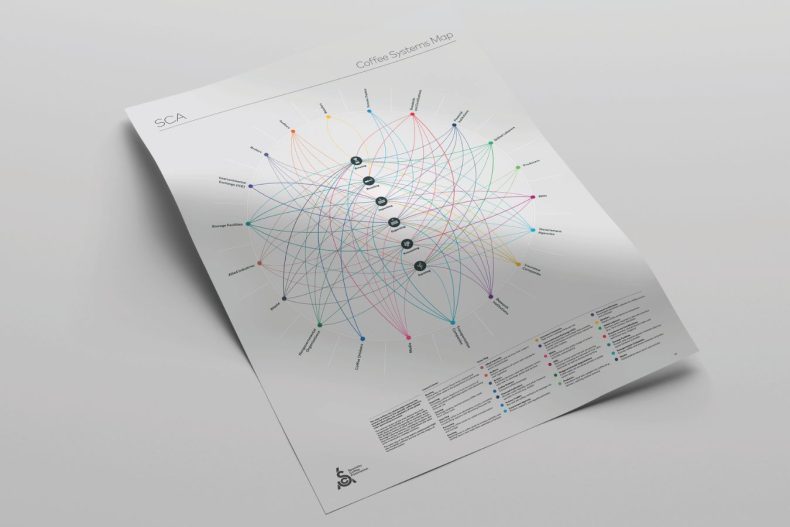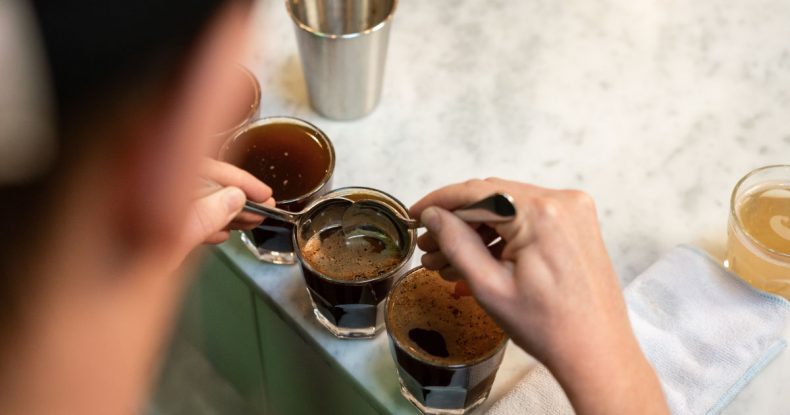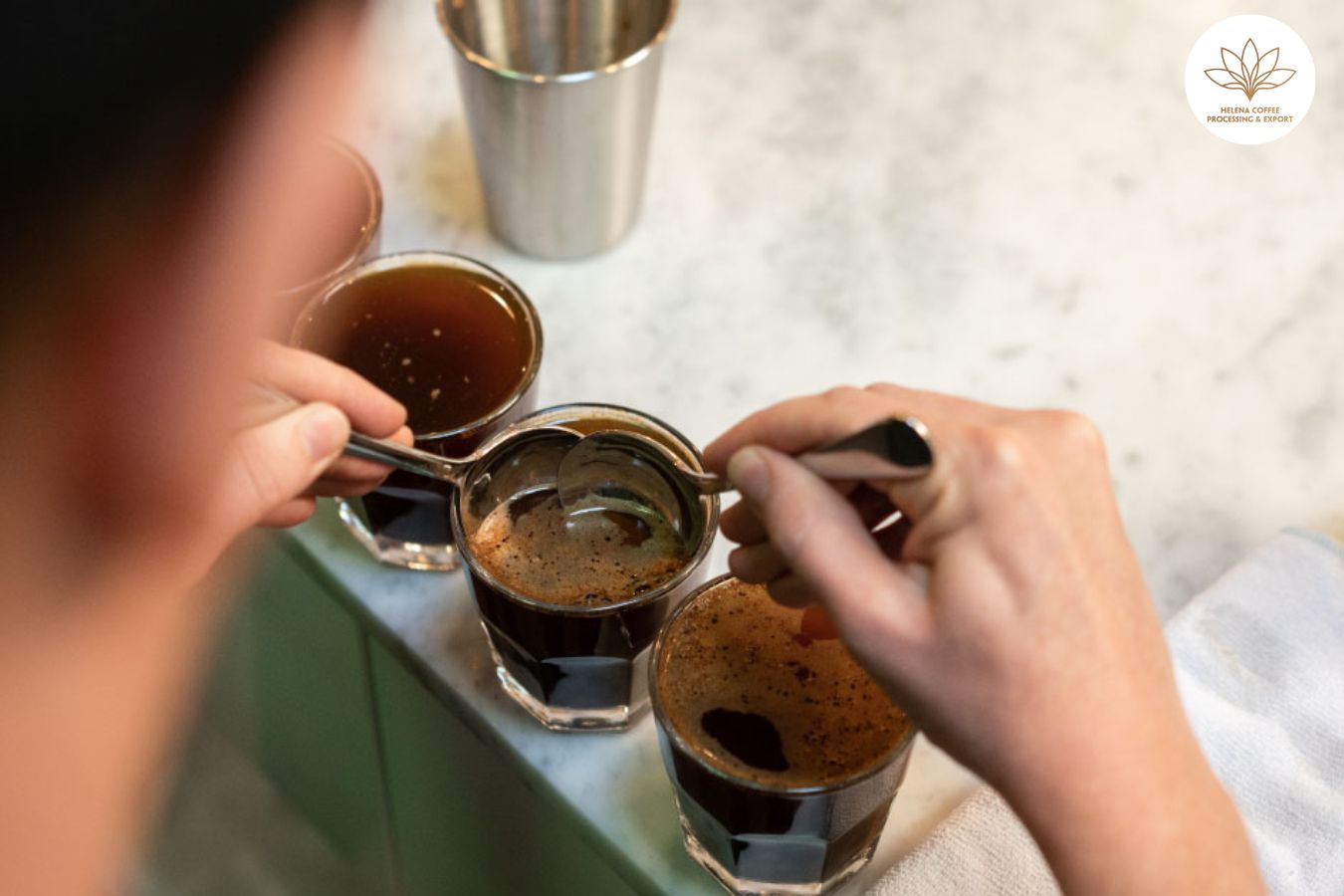
The Impact New SCA Cupping Form And Protocol Add More Value For Specialty Coffee? During the latest Re: co Symposium, the Specialty Coffee Association (SCA) introduced the beta version of its innovative Coffee Value Assessment tool. This new cupping form and protocol, according to the SCA, promises to provide a more nuanced and comprehensive analysis of individual coffee characteristics, aiming to reduce any subjective bias in the evaluation process.
Since the inception of the SCA cupping standards in 2004, the methodology has seen little alteration. Given this context, the introduction of these updates is poised to significantly influence the methodologies used by industry professionals to determine coffee excellence.
Continue exploring the Coffee Value Assessment and its potential to reshape the landscape of specialty coffee evaluation.
For further insights, be sure to check out our article discussing what cupping reveals to producers about their coffee.
Introducing the Enhanced Coffee Value Assessment
The Specialty Coffee Association (SCA) has rolled out the Coffee Value Assessment after a comprehensive three-year initiative to refine its cupping and grading protocols, which are pivotal resources for specialty coffee experts globally. This tool enables cuppers and green coffee buyers to evaluate coffee using the 100-point SCA scale, a benchmark for quality within the industry.
Despite its widespread use and critical role, the SCA’s cupping form and protocol have remained substantially unchanged since its inception in the early 2000s. In recent times, these protocols have come under scrutiny. A significant critique is that they may excessively prioritize the grading and scoring of green coffee, potentially leading to an oversight of the broader attributes that contribute to a coffee’s quality profile. Furthermore, there is an ongoing debate regarding the cupping forms’ balance between subjectivity and objectivity, suggesting a need for a more fine-tuned approach.
Similar concerns have been raised about the SCA Coffee Taster’s Flavor Wheel. Critics argue that the flavor descriptors are overly skewed towards Western taste preferences, thus lacking the inclusivity needed to represent the diverse range of global cultures and tastes.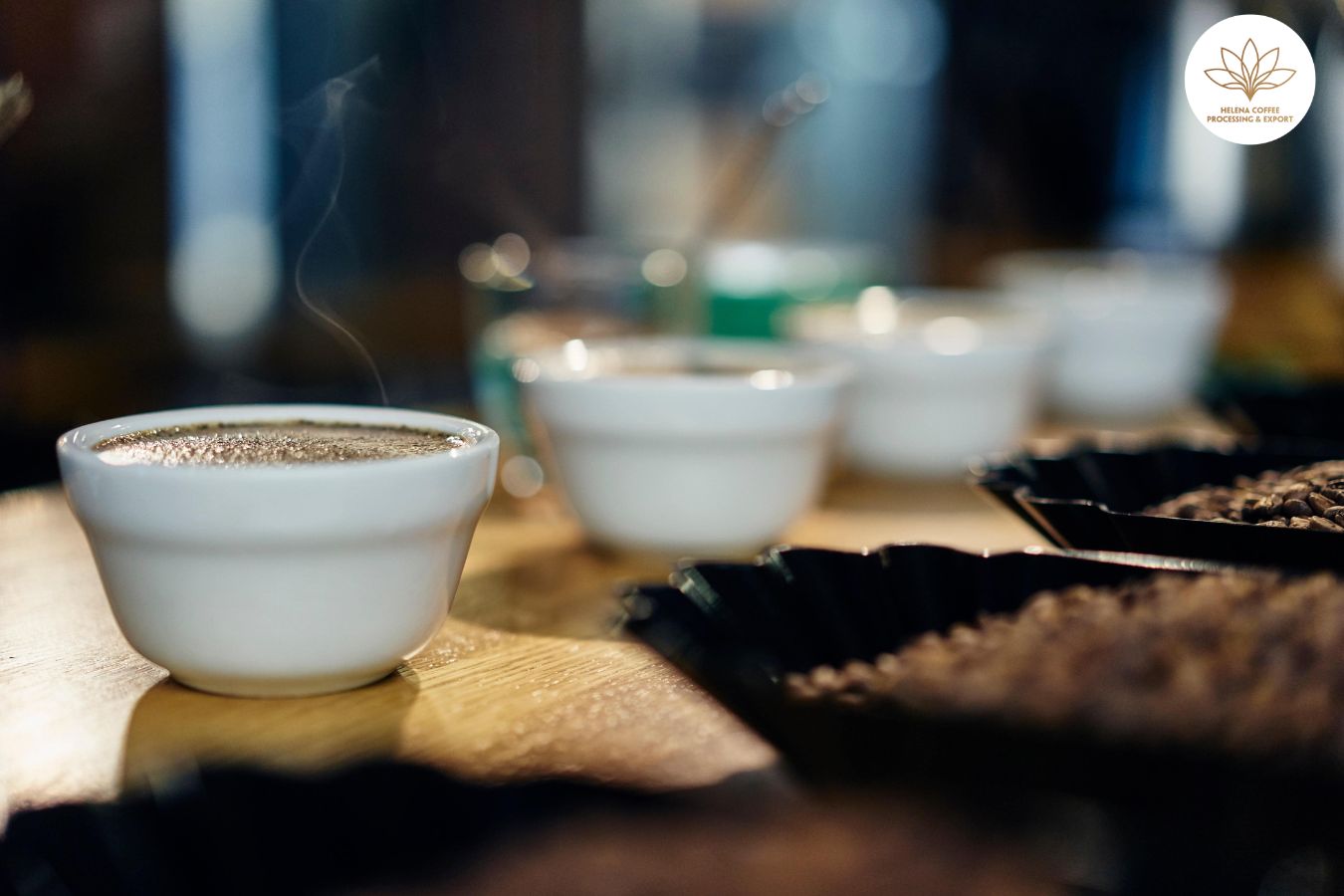
Refining Coffee Evaluation: The Structure of the New SCA Cupping Form And Protocol
The Specialty Coffee Association (SCA) has devised the new Coffee Value Assessment protocol as part of a broader initiative aimed at fostering greater equity across the coffee supply chain.
In pursuit of this goal, the SCA conducted a comprehensive survey in October 2022, gathering insights from over 1,600 cupping experts from Latin America, the UK, and the US. The survey focused on the concept of “intersubjectivity” in cupping, which addresses concerns that current cupping results may not fully represent a professional’s expertise or personal taste preferences.
Responding to the findings, the SCA initiated a pilot project in November 2022 to address these concerns and suggested the adoption of an updated cupping form. This led to the creation of the Coffee Value Assessment protocol.
The new protocol is methodically divided into four distinct phases of assessment, providing flexibility for coffee professionals to use them either independently or in combination:
- Physical Assessment – This stage involves a meticulous examination of the green coffee, including its moisture content, physical appearance, and any observable defects. The findings from this assessment can be applied across various grading systems.
- Extrinsic Assessment – This phase evaluates external factors such as the coffee’s “identity,” its certifications, and its geographical origin.
- Affective Assessment – In this stage, cuppers provide a subjective evaluation reflecting their personal assessment of the coffee’s quality, scored on a 100-point scale.
- Descriptive Assessment – This final stage focuses on identifying and describing the flavor and aroma characteristics of the coffee without assigning any qualitative judgment.
This comprehensive approach is designed to enhance the accuracy and reliability of coffee quality assessments, ensuring a more holistic view of each coffee’s unique attributes.”
Enriching Coffee Data Collection
The existing SCA cupping forms and guidelines primarily hinge on affective and descriptive forms of analysis. With the advent of the Coffee Value Assessment (CVA), professionals in the industry are poised to capture a broader spectrum of data about coffee, transcending traditional limitations.
Yannis Apostolopoulos, the CEO of the SCA, sheds light on the fundamental intent behind the CVA. “The CVA protocol acknowledges a widely recognized truth within the specialty coffee community—that the distinction of ‘specialty’ coffee isn’t determined by a singular characteristic,” he remarks. “It also recognizes that taste preferences are not monolithic but vary widely across different regions globally.
He continues, “This innovative approach to valuing coffee pays homage to and embraces the rich tapestry of taste preferences that vary from one market to another.” Through this multifaceted assessment, the CVA aims to honor the complexity and diversity of coffee and its connoisseurs around the world.
Potential Advantages for Coffee Producers with the New CVA
While the Coffee Value Assessment (CVA) is currently in its beta phase, it has already sparked conversations about its potential effects on the coffee industry, particularly for producers. Yannis Apostolopoulos, CEO of the SCA, is enthusiastic about the implications of this initiative for rebalancing the relationship between coffee growers and buyers.
“This program is set to revamp industry norms by shifting the balance of power,” Yannis explains. “With the development of a global database that compiles cupping data, coffee producers will gain unparalleled insights into consumer preferences segmented by country and region.
Yannis suggests that this will empower producers to strategically target markets that may pay higher prices for their beans, enhancing their profitability. “The ambition and scale of this project are unprecedented, and its evolution will be nurtured by the collective effort of the worldwide coffee community,” he states.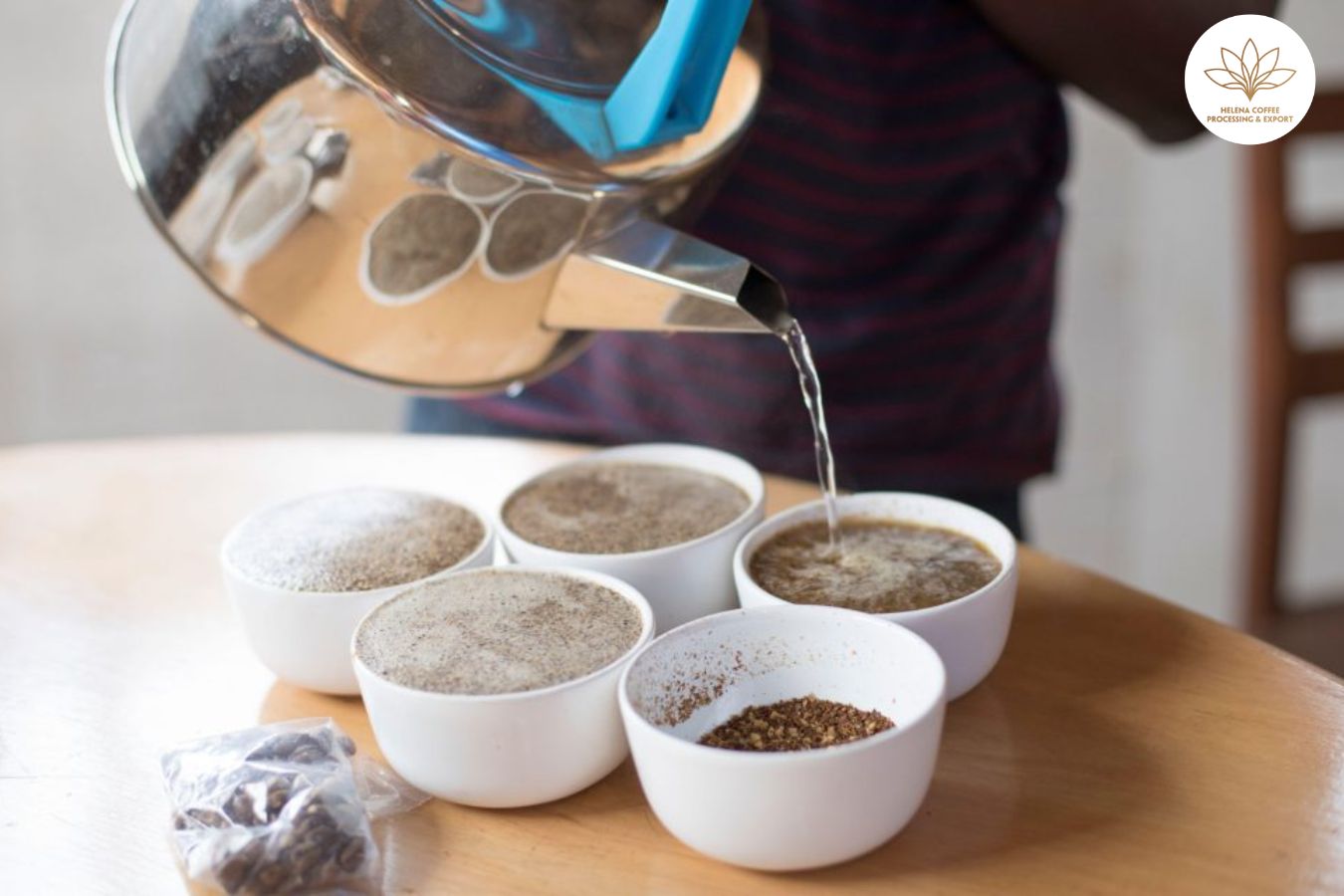
Feedback from industry surveys has pointed out that the current cupping protocols tend to condense the complex quality of coffee into a solitary score on the 100-point scale, a critique echoed across the specialty coffee sector. This oversimplification can result in missed opportunities for producers to capitalize on their coffee’s value. For instance, a discrepancy in scoring — an 81 from one cupper and an 83 from another more experienced one — can significantly affect the price a farmer receives. Given that many smallholder farmers subsist below the poverty line, the importance of ensuring they get a fair price for their coffee cannot be overstated, as it is crucial for the sustainability of the industry.
Enhancing Quality Assessment with the CVA’s Holistic Approach
The Coffee Value Assessment (CVA) introduces a more comprehensive framework for industry professionals to evaluate coffee, combining the assessment of both its tangible physical properties and its extrinsic factors such as certification and origin. In addition to these, the CVA also incorporates affective and descriptive evaluations, presenting a well-rounded approach to determining a coffee’s overall quality.
The inclusion of extrinsic factors is particularly transformative, potentially reshaping our understanding of coffee quality. This could lead to a renaissance in how we view the provenance of coffee, spotlighting certain countries or even specific regions within them as ’boutique’ origins recognized for their superior quality under the new CVA protocol.
Additionally, the impact of certifications such as organic or carbon-neutral status on a coffee quality perception could be amplified, influencing the overall assessment scores and further refining our conception of what constitutes quality in coffee.
While the CVA has yet to be officially adopted, its potential implications for the industry are undeniable. It promises a significant shift in the methodologies of grading and evaluating coffee. Theoretically, this system should foster greater transparency regarding coffee quality and pricing, thereby assisting producers in enhancing the value of their coffee and penetrating new markets.
The true outcome remains to be seen, but the promise of a more transparent dialogue around coffee quality, the terminology we employ, and our scoring systems are poised to propel the specialty coffee industry toward a more discerning and equitable future.
FAQS:
